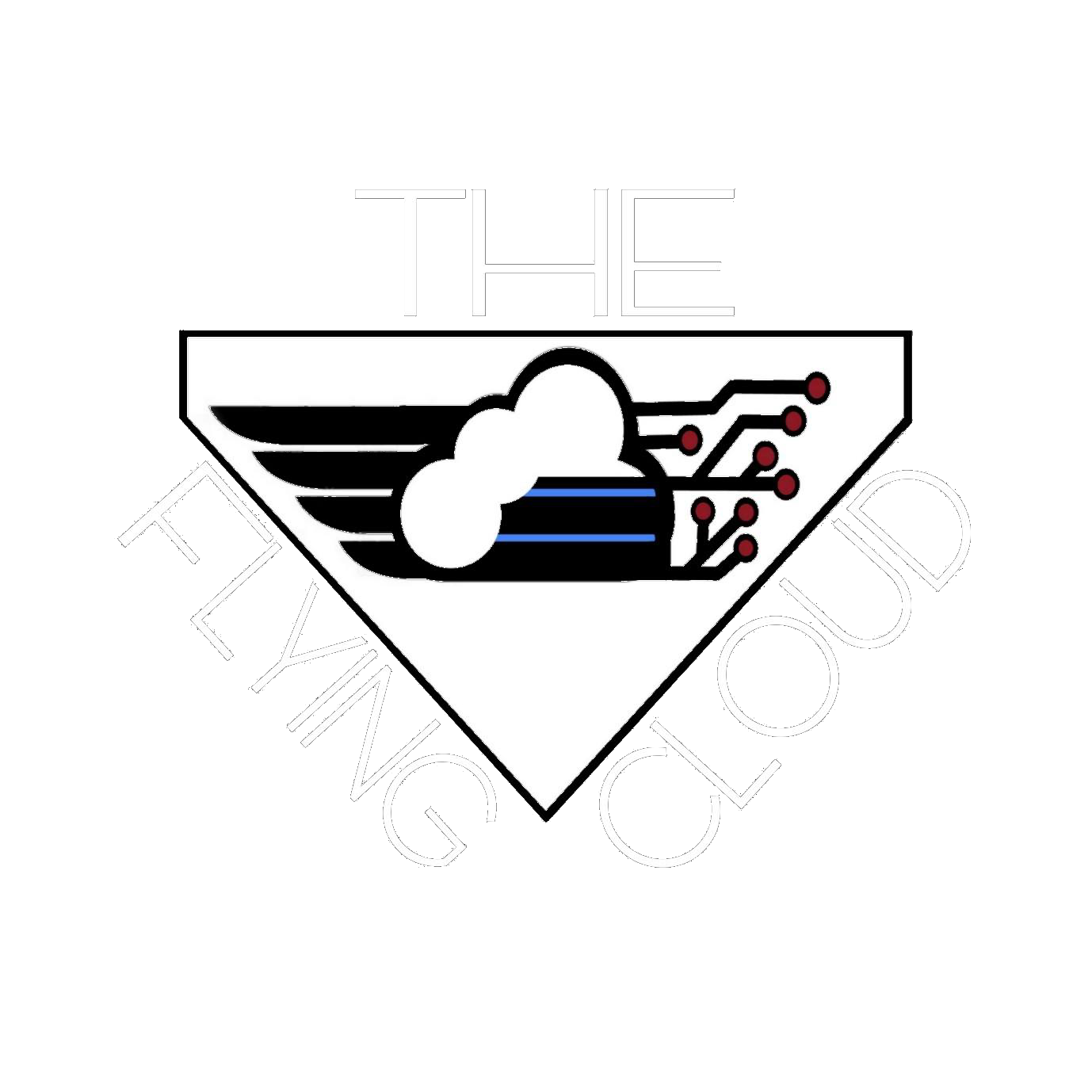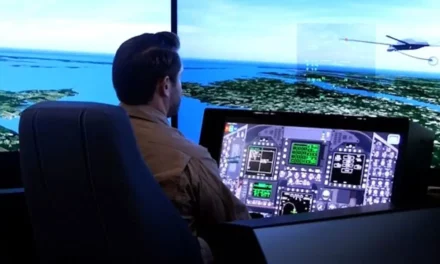Ukrainian Air Force F-16 fighter jet
American-made F-16 fighters will arrive in Ukraine this summer: in fact as already reported, the US will allow its Western allies to supply Ukraine with advanced fighter jets, including Lockheed Martin F-16s, in a major boost for Kyiv.
Ukraine has long sought advanced jets and President Volodymyr Zelensky hailed the move as a “historic decision.”
The Ukrainian Air Force is expected to take delivery of the first tranche of a dozen aircraft in July after Ukrainian pilots have been trained and the country’s airfields prepared.
How long should it take an experienced Ukrainian fighter pilot to cross train on the F-16?
Training an experienced Ukrainian fighter pilot on the F-16
‘TL; DR; 6–12 months,’ David Tussey, former US Navy Flight Instructor and A-7 Corsair II pilot, says on Quora.

‘An excellent question, and as a former USN Flight Instructor, I suspect the time frame is longer than we would like, or expect. I would say a minimum of 6 months, and possibly up to a year. The maintenance crews may take somewhat less, as those tasks are often quite specific in nature. Speaking English versus not speaking English might have limited impact for maintenance crews, more so for pilots.
‘Let me reflect on something that happened when I was in USN flight training and early Fleet tours.
‘During the advanced stage of my jet training, the Vietnam war finally ended, and the POWs returned home. Most of the Vietnam era POWs were pilots. And a great many of those guys wanted to resume their military aviation career, and they were fully accorded opportunities to do that.
‘Many of the Naval Aviator former POWs were sent to the Training Command to re-train and re-fresh their flying skills. And I had a chance to fly with several.
An interesting case study
‘Now admittedly this is nowhere near the same thing as taking an experienced Ukrainian pilot who is current and physically fit, but still it’s an interesting case study. And there are some similarities and lessons to be learned, I believe.
‘Some of the pilots had only been held as a POW for a few months; some for years. The whole re-train the POWs was a smorgasbord of skills, motivations, and experience.

‘And of course, many of these former POWs had advanced in rank during their captivity; LTJGs were now LCDRs, CDRs were now CAPTs. Advancement in rank, but no concomitant advancement in aviation experience.
‘Part of the issue was that the aircraft had changed. The A-4 had been replaced by the A-7. The F-8 had been replaced by the F-4. The A-1D Skyraider was gone completely. Even the training aircraft had changed from the TF-9J Cougar to the TA-4J Skyhawk.
‘It went okay, but not great. The re-training took longer, and was less effective than envisioned. When the former POWs returned to the Fleet (where I flew with several), their aviation skills were behind their peers. Some LCDRs had as much difficulty flying on & off the boat as a brand new Ensign. Same with their tactical skills, which again had changed a lot following Vietnam.’
Lesson learned
Tussey concludes;
‘Again — not equivalent, but I think still relevant.’
‘So — lesson learned. Re-training even “experienced” pilots on a new, advanced aircraft can be fraught with risk, and will likely take longer than anticipated.’

Photo credit: U.S. Air Force


